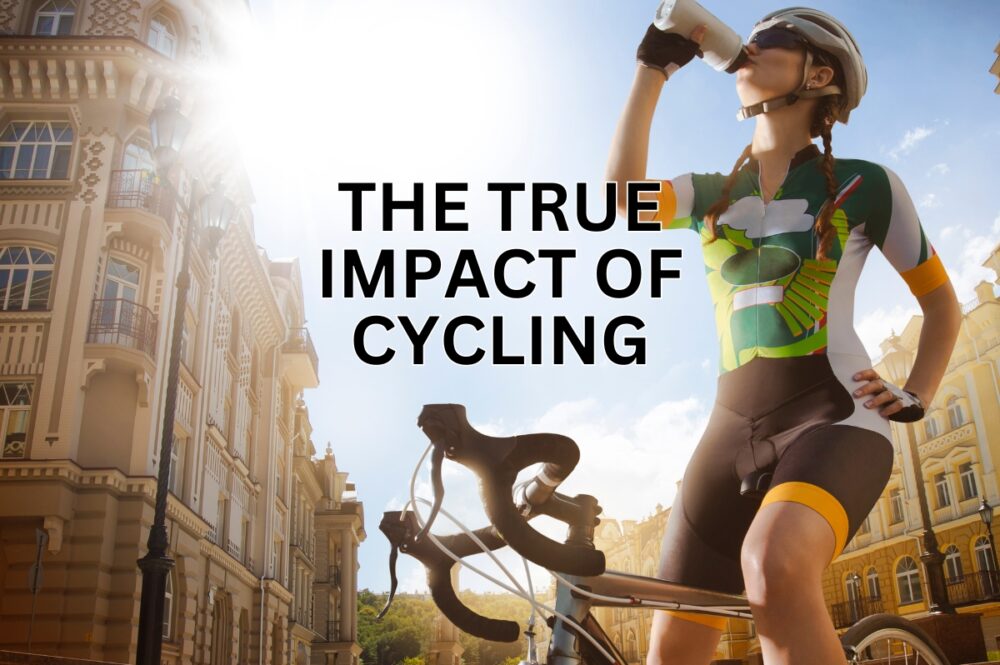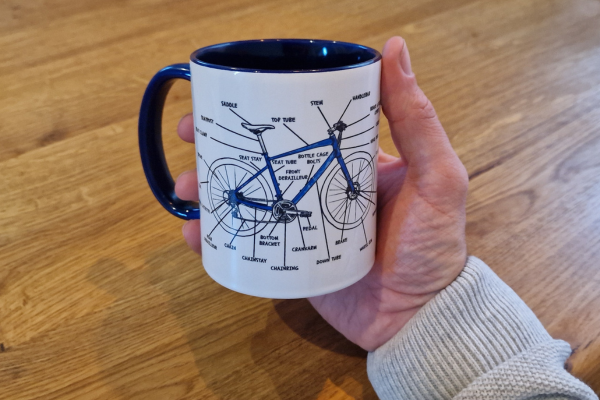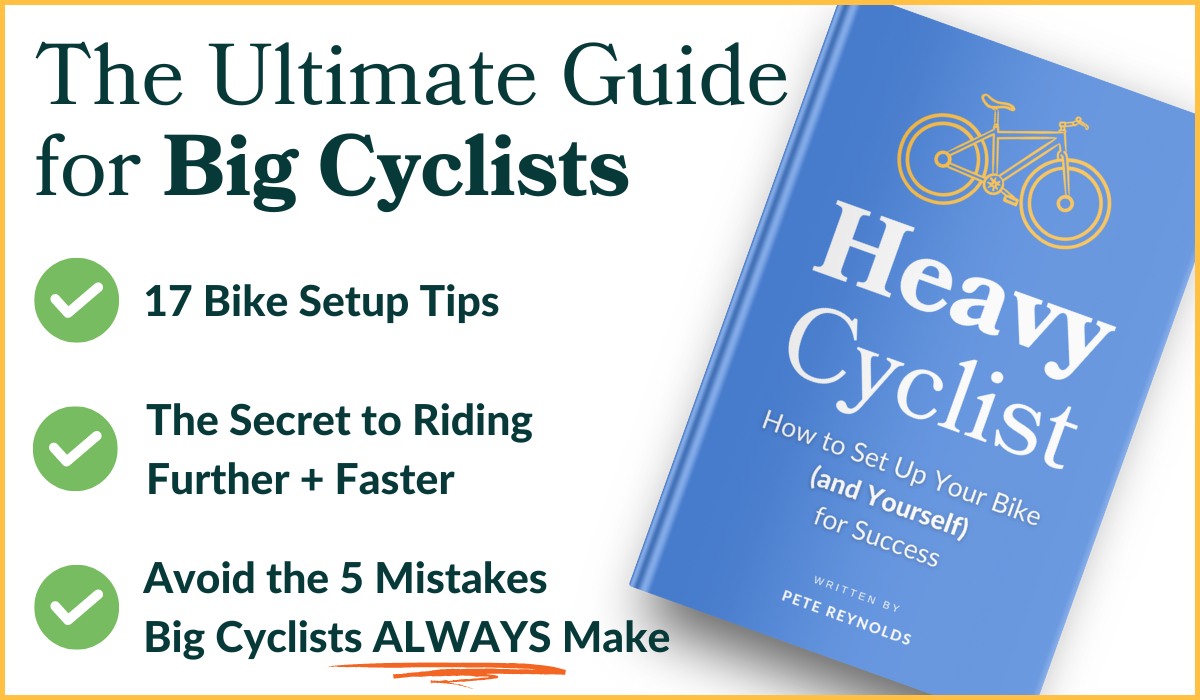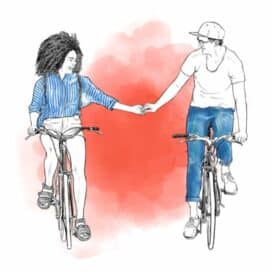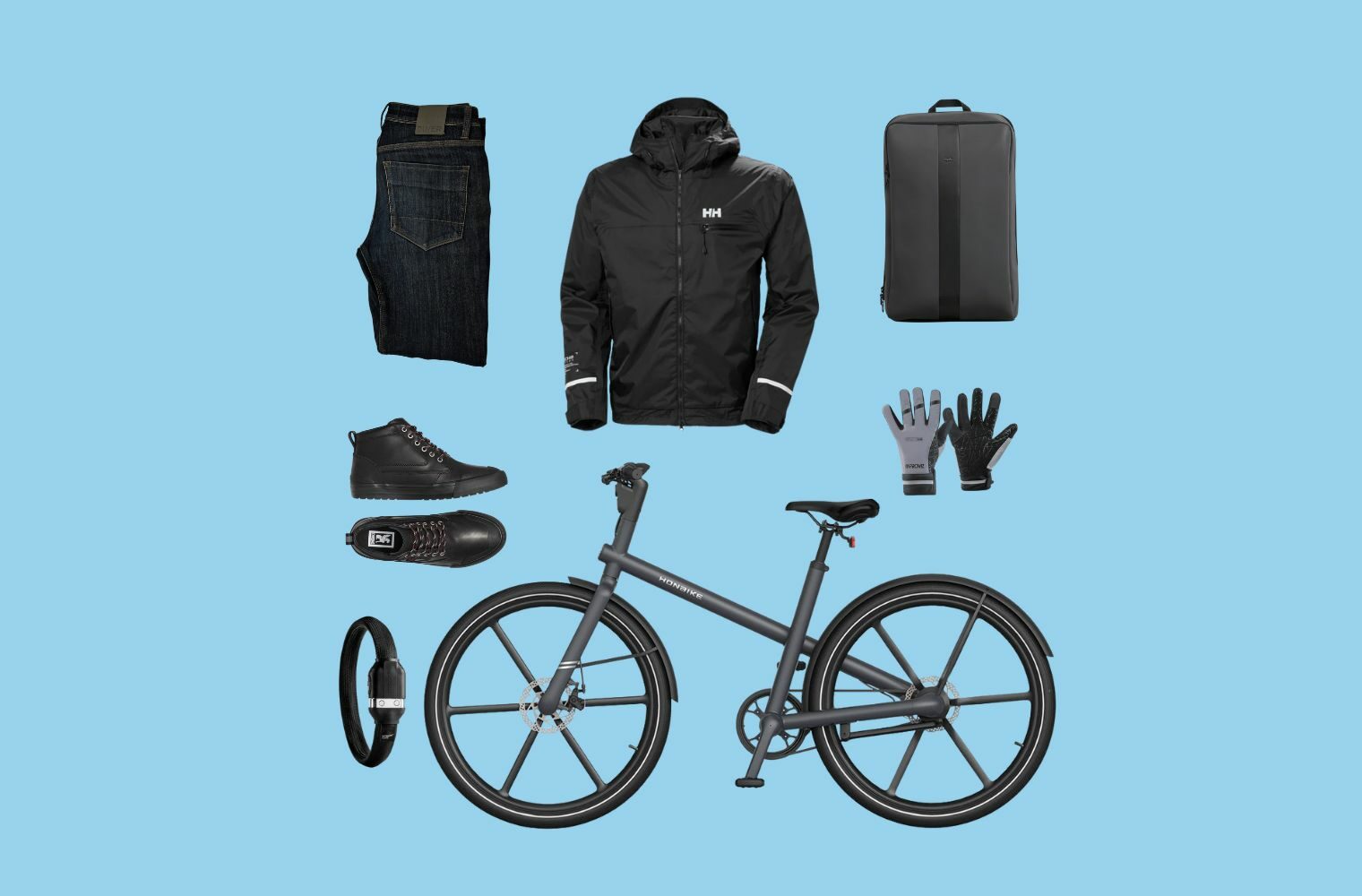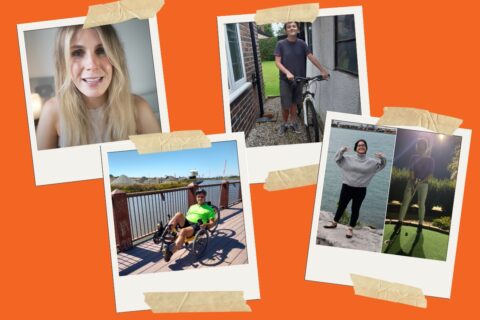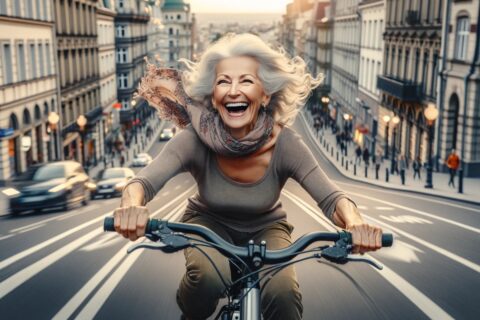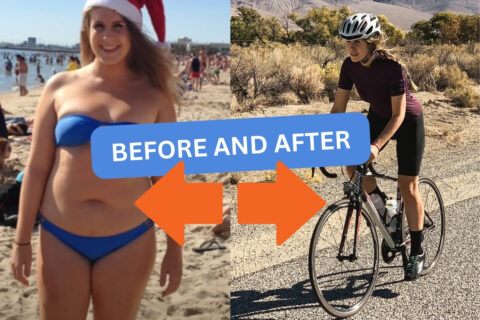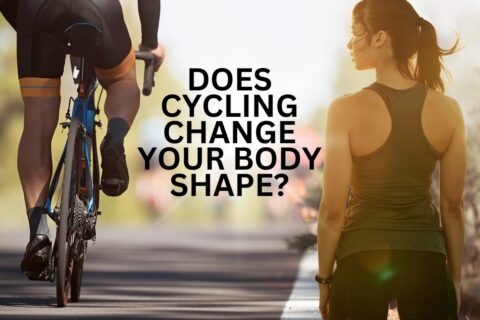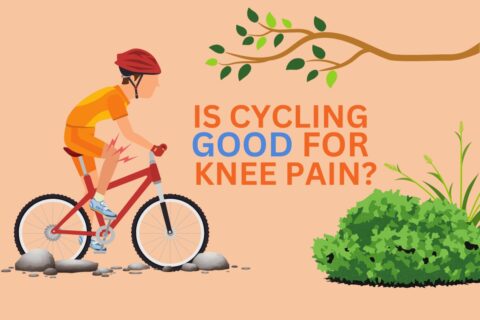This post may contain affiliate links, which help to keep Discerning Cyclist rolling. Learn more.
The diet industry is full of quick fixes and get-slim-quick schemes – but while these might allow you to drop a few pounds fast, they rarely take into account the importance of mental well-being and a healthy, well-nourished body.
Whether it’s shakes or seven-day plans, social media means that miracle cures have proliferated beyond the boundaries of lifestyle magazines. Where once you might have had to pick up a copy of Cosmo for advice on getting “beach-body-ready”, now all you have to do is open your phone.
But, where does leave someone looking for a real sustainable lifestyle change? While Discerning Cyclist is first and foremost a bike publication, we know that cycling can be beneficial for your physical well-being too.
In this article, we explore how cycling can help strengthen and ‘transform’ your body. We look at recent studies and interview female cyclists who feel that cycling has done wonders for their welfare. Everyone’s body is different, so this is by no means a one-size-fits-all guide, and is not a substitute for medical advice, but if you want more information on the body changes experienced by women, stick around.
Effects of Cycling on Female Body
Cycling can have profound effects on the female body, both physically and mentally. Some of the biggest effects are universal, regardless of the sex you were assigned at birth. A large-scale study in Finland found that people who cycled for more than thirty minutes a day were at a breathtaking forty percent lower risk of developing Type 2 diabetes.
Improved lung and heart capacity also come with the inner tubes – as well as improved executive functions. A University of Glasgow study found that cycling may put women at a lower risk of cardiovascular disease and cancer. For any person of reproductive age, who menstruates, gentle cycling, like other aerobic exercise, may lessen the discomfort of period cramps.
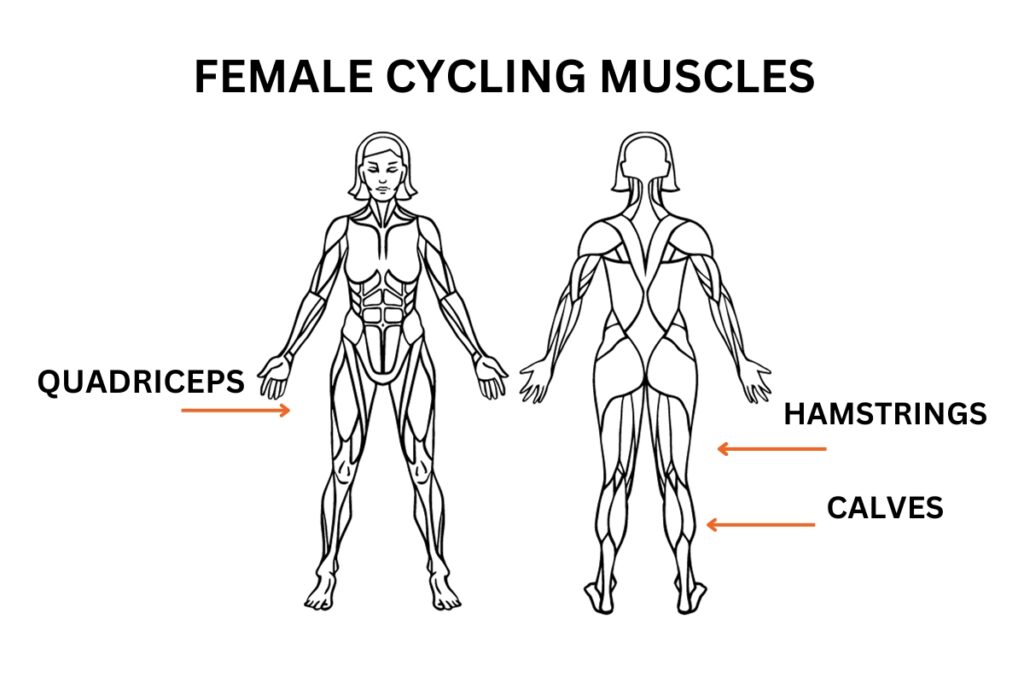
Female Cycling Muscles
As well as its cardiovascular benefits, cycling is known to strengthen and define the muscles. Cycling is, as you’ve probably experienced, a workout that primarily centres around the lower body. The muscles that experience the most use are the quadriceps, or the anterior thigh muscles if you want to get technical, the hamstrings, the calves and your core muscles.
If you’re unsure of where to find these muscles, let us run through them quickly. Your quadriceps are the muscles on the front of the thigh and are most active when you’re pressing down on the pedals. The hamstrings help flex the knee during the revolution and protect the knee and hip joints. Your calves pull the pedal back up to the top of your bike, aided by the hamstrings – and your core helps you with balance.
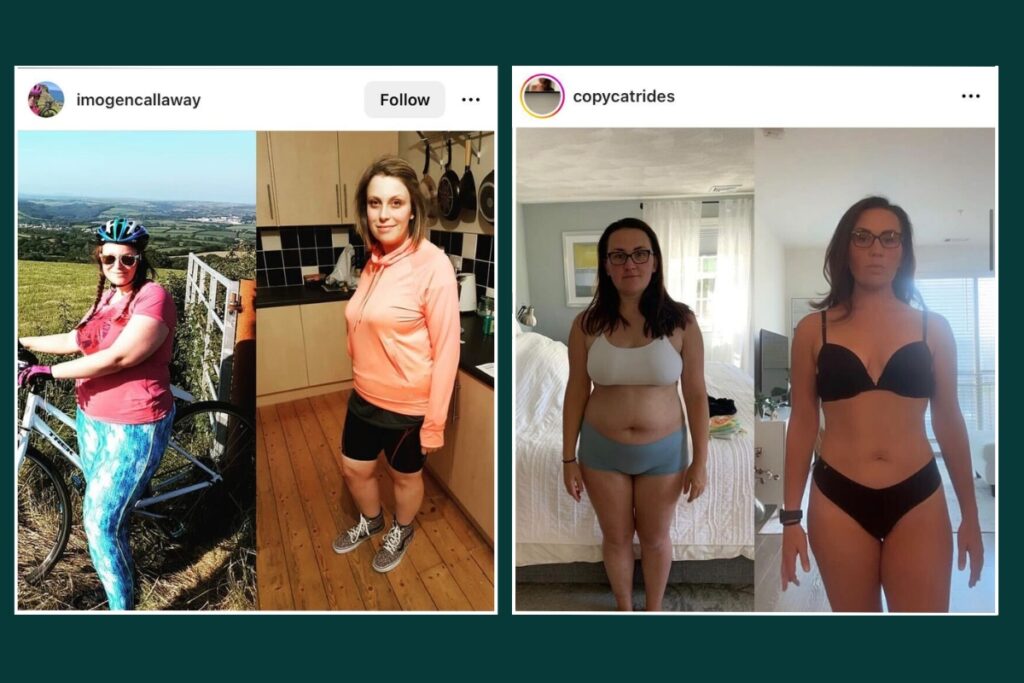
Female Cycling Before and After
Working out your key muscles will help you gain a toned physique – but more importantly, make it possible for you to take part in the activities you enjoy most. It’s hardly a surprise that strong lower body muscles come in handy off the bike, and no, we’re not talking about leg day at the gym. Running, climbing up the stairs to work, days out with friends and family can all be improved by stronger muscles and better aerobic endurance.
“A very natural way of exercising”
Female Cyclist Jeannot
Jeannot, a Dutch native cyclist living in Portugal, says she finds cycling has been a “very soft, very natural way of exercising” that “without knowing, it keeps you fit”. She says her flexibility has increased, along with a marked improvement in her mental health. She says she’s in her head the moment she gets on the saddle. “You actively take part in where you are” she says “whether you’re in nature or the city. You have to be there. It’s like mindfulness”.
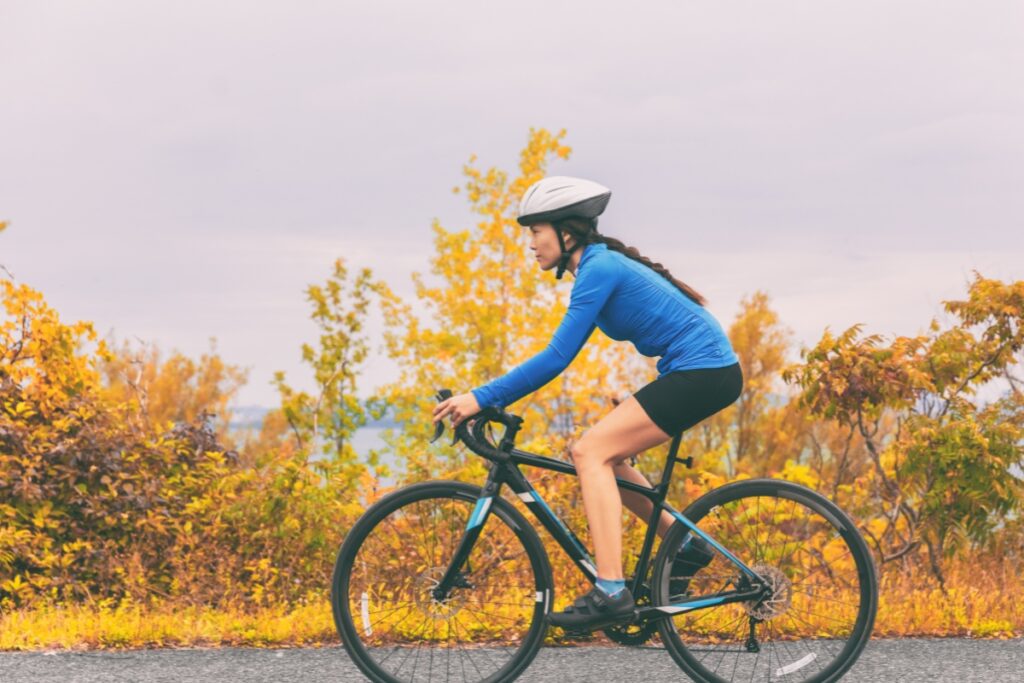
Cycling Body Transformation Female
There are plenty of women who’ve had their lives transformed by cycling.
Trudi Louise, interviewed by Cycling UK, said that beginning mountain biking transformed her life physically, socially and mentally. It ‘has enriched my life with some pretty amazing times’ she says “[and] helped me through some rough patches in my life, kept me sane, kept me going and made me stronger.
“I used to hate photos of myself. This is ridiculous, and also a very common feeling for a lot of people…. It resulted in me having incredibly disordered eating and negative body image throughout my teens and university…. Cycling (and let’s be honest, therapy) has totally changed my perspective on this. It’s helped me understand who I am and what my body can do…”
Josie Lees
A report has shown that women enjoy not only the challenge of a good ride but the camaraderie of a day out on two wheels. In fact, there are dozens of groups founded especially to cater for female riders as well as non-binary riding clubs.
Take a look at the experiences of Josie Lees, one of 2023’s 100 Women in Cycling for a glimpse of what cycling offers.
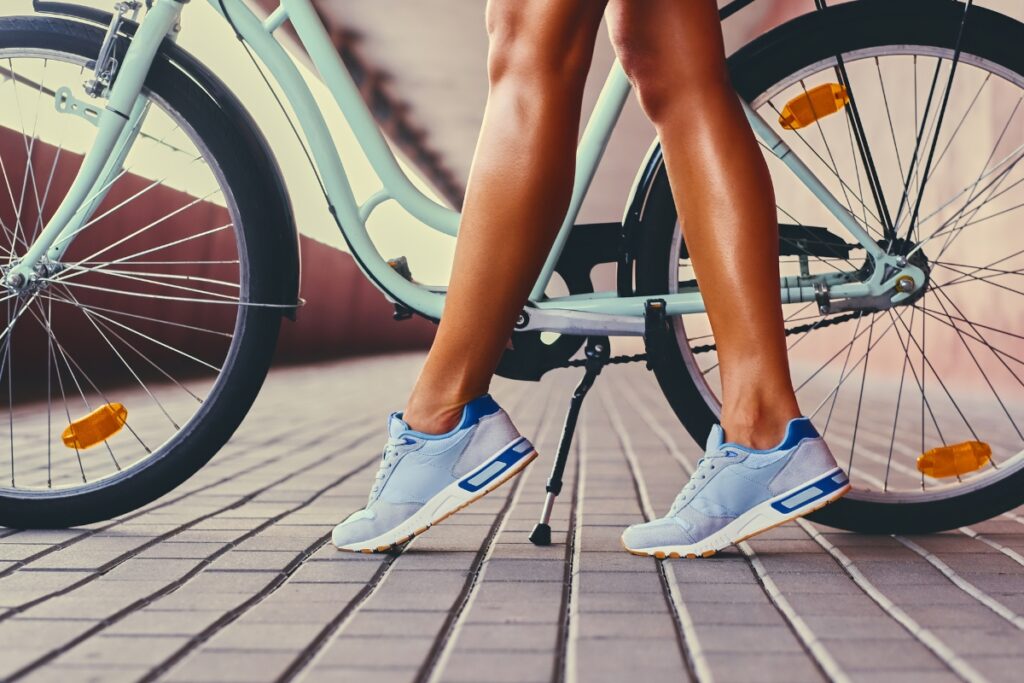
Cycling Legs Before and After
Many people are worried that cycling will make their legs ‘bulky’ – but this shouldn’t deter you from hopping in the saddle. Cycling has benefits that far outweigh how your legs might end up looking. Naomi, a freelancer living on the South Coast, says that beginning to cycle regularly ‘made my commute possible physically and mentally’. It was a moment of joy in an otherwise hectic schedule.
You should also note that cycling is unlikely to give you the gnarly quads of a track racer unless you combine it with their intense schedules of resistance and weight training. Similarly, if you find yourself riding fifteen to twenty hours or more, the muscle you develop may well depend on the cadence of your ride.
Finally, remember that the strong, healthy muscles of a regular cyclist are to be celebrated, rather than hidden, and if you find your body shape transformed dramatically by cycling, brands like Rapha and Levi make casual clothing designed to fit the unique contours – the trim waists and strong quads – of a cyclist.

Why Should I Start Cycling?
Many people take up cycling – MTB, road, casual and even spin and peloton – intending to lose weight, but rarely consider what they might end up gaining. Cycling can help people, including women, who find environments like your traditional leisure centre gym boring or alienating fall back in love with exercising – an important step given that according to research by This Girl Can, 23% of women don’t feel comfortable in themselves while exercising.
However, the benefits can be enormous. You’ll find yourself taking fewer sick days at work, building a stronger immune system and cutting your risk of heart disease. Stronger joints and the boosted energy make it possible to fully engage in activities you may once have avoided. Women, in particular, may find themselves at a lower risk of osteoarthritis. Like other aerobic exercise, it can also help you lose weight if this is a fitness goal for you.
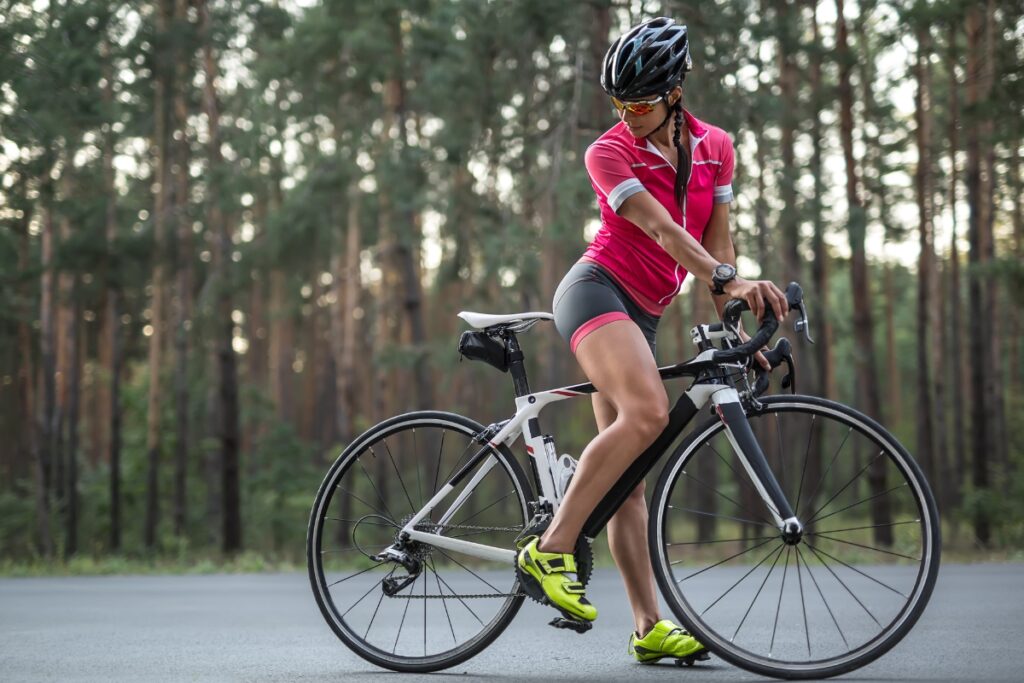
How Do I Start Cycling?
The easy answer is to start pedalling, but if you’ve never ridden or this is your first time on a bike since childhood, there are many things you can do to help ease you into life on two wheels. If you never got the chance to learn how to ride, schemes like Bikeability offer low-cost training programmes. From there, there are a wealth of local and welcoming cycling groups looking for new members. If you live in a city, check your local network of cycle lanes and paths.
If you’re worried about the cost of buying a bike, there are plenty of firms that will allow you to rent – often providing key safety equipment like a helmet or lock. Cycling UK has plenty of good guides, including positioning your saddle and checking your tyre pressure is correct. You might also want to consider taking out insurance, also offered by Cycling UK, if you’re planning to travel abroad and cycle.
Is Cycling Right For Me?
There’s no doubt that someone’s dream exercise routine is a nightmare for another. While your friend might relish a morning jog down a quiet side street, the thought of slipping on trainers and headphones could well break you out in a cold sweat. Cycling has gained detractors for its MAMIL stereotype, but once you look past this misconception, you’ll see that cycling is a sport where anyone is welcome.
According to a recent study, cycling doesn’t only benefit people on bikes. If the UK population had the same rate of cycling as our Danish counterparts, it would save the National Health Service £17 billion a year. Eight bikes can also be parked in one car parking bay, freeing up space in congested urban centres. Promoting cycling among children also offers them autonomy, only available to 1% of British children who currently cycle to school.
Of course, potential cyclists with pre-existing conditions should check with their medical teams – especially if these include problems with joints or respiratory conditions like asthma. However, if you’re given the all-clear, there should be nothing stopping you.
Here at Discerning Cyclist, we’re obviously biased, but we’d nothing beats being in the saddle.

